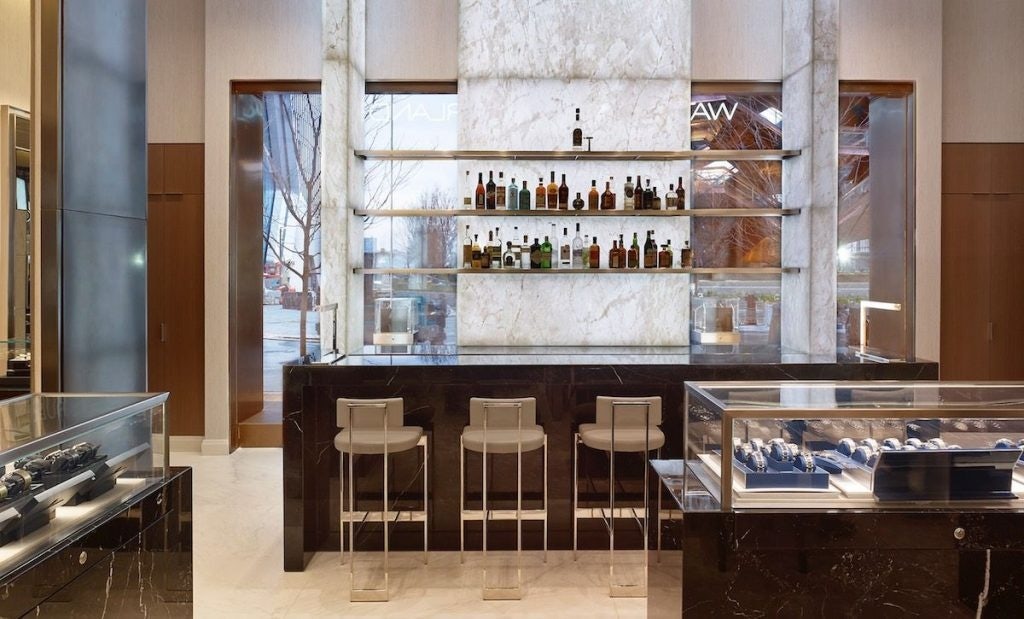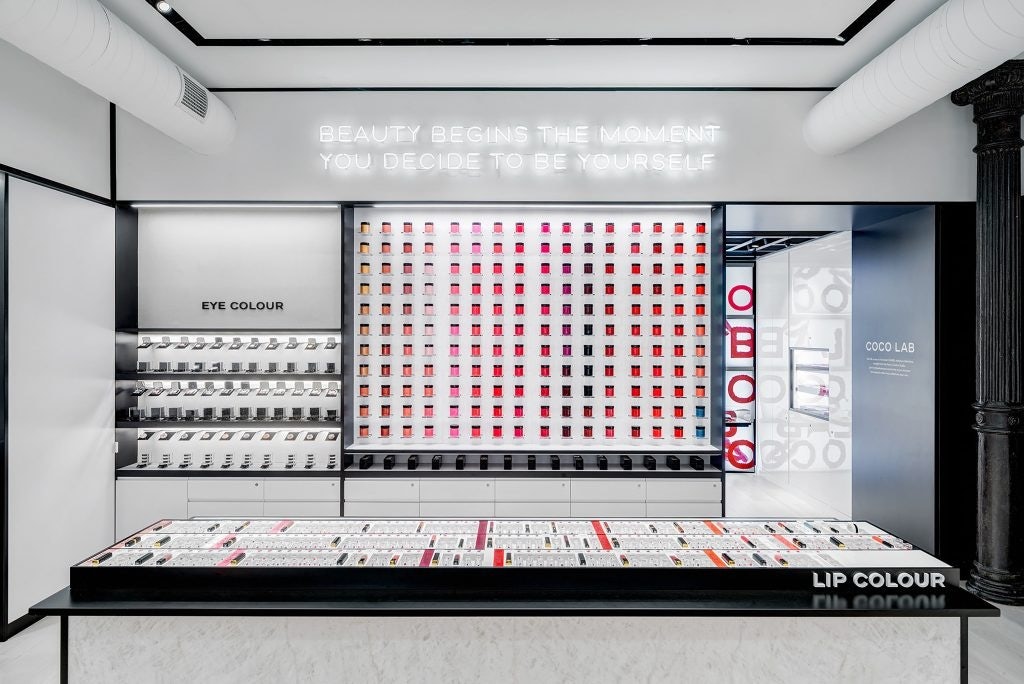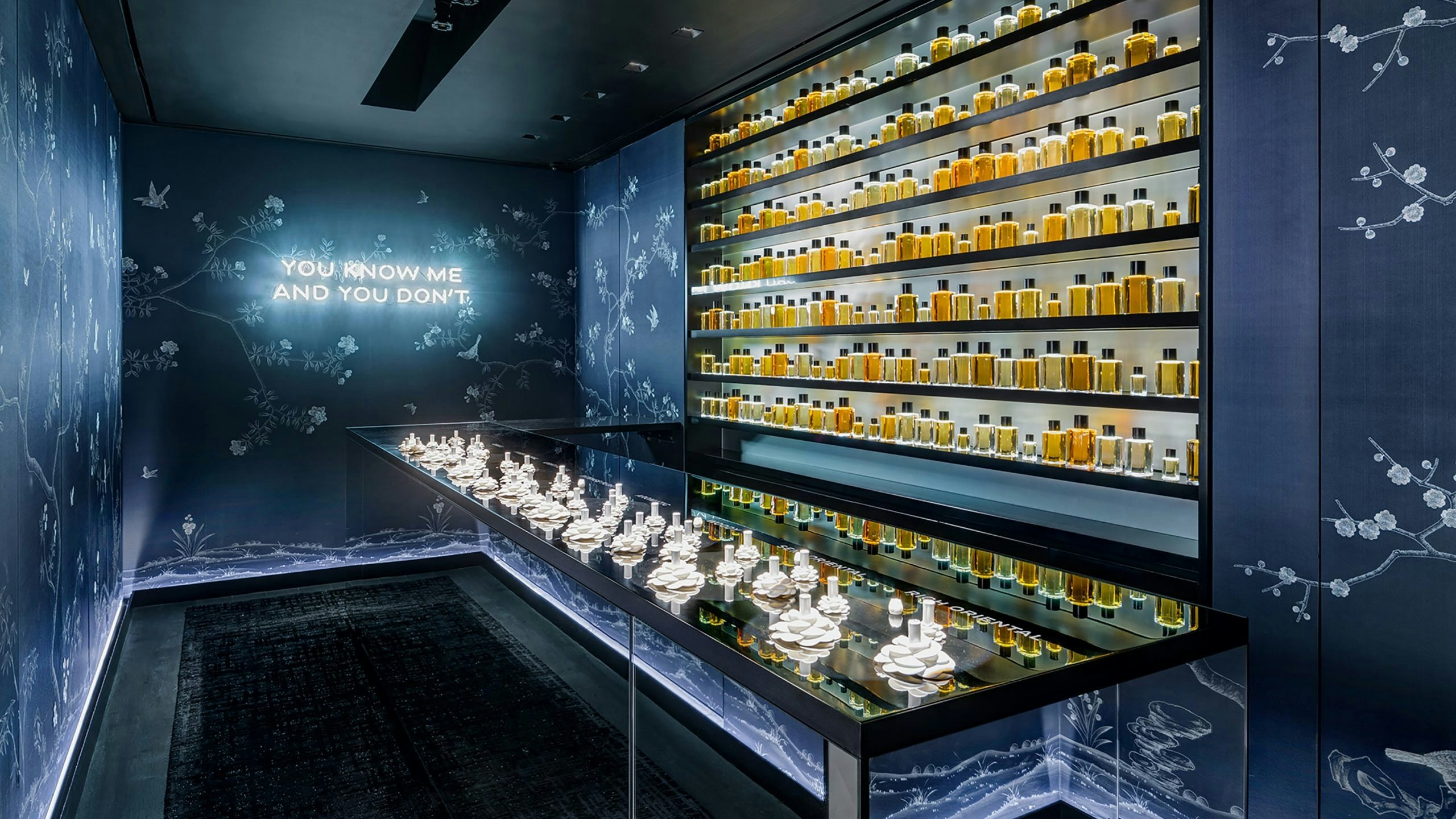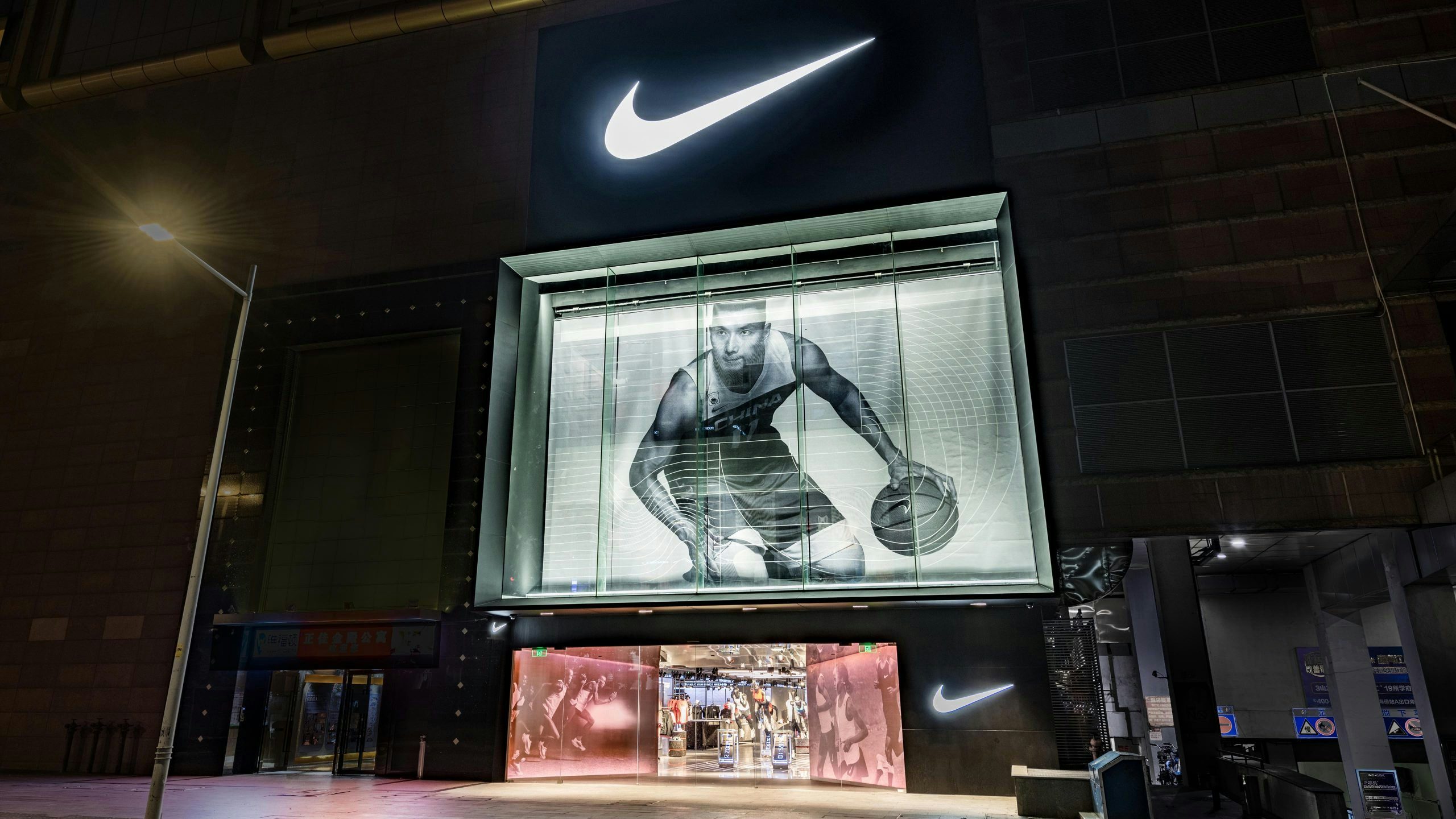Key Takeaways:#
Human nature and the reality of a luxury sector driven by first-time purchasers should imply that brick-and-mortar shopping is about to rebound, but consumers will expect stores to give them more now.
Shoppers will want to go to stores that are one-of-a-kind and not get the impression of “déjà vu.” And they will enjoy going there to mingle and discuss things, not just buy stuff.
Beyond that, as luxury serves no other purpose than changing your outlook on the world or brightening your day, consumers will want to be entertained and educated.
I am not going to pretend I have the solution for all brands on how to think about their future brick-and-mortar footprints — far from it. But the essential idea, for me, is that if you focus on making the consumer feel great — and remember their time in the store rather than just on selling them a product — you will be off to a great start. With that in mind, here are four ways to think about the future of physical luxury spaces.
Uniqueness#
Luxury brands should ensure their stores are not “copy and pastes” of one another. Every store will have to convey its personality, specific product assortment, decor, art pieces, and animations — all elements that cannot be visible anywhere else. If you are going to a friend’s country house, wouldn’t you be spooked if it were exactly the same as their downtown apartment or seaside shack? You can have consistency in messaging, color coding, and overall look and feel, but make every physical place unique.
A third place#
Make people stick around. Make the store their “third place”: not work, not home, but somewhere to socialize and chill out. In my recent visit to Burberry’s SoHo store in Manhattan, I was looking around and was offered a coffee and a glass of water. Instantly, that makes you feel more welcome and chattier. It makes you more likely to have positive associations with the brand and ultimately to buy products there. The coffee shop, one of the friendliest places to get together, has actually become a feature inside many retail projects associated with brands. Coffee shops are a good opportunity for consumers to mingle and spend more time.
But if you want to relax and feel good, maybe a cocktail bar works better to relieve you of a few extra dollars. That is likely what the owners of Watches of Switzerland, a large British watch retailer, were thinking when they started to roll out stores in the US — a country that is well known for its cocktail culture. In its first three American stores, this multi-brand watch brand added a fully loaded bar. So if you want to think about buying that Rolex or Panerai watch, this might just put you in the right spirit for it. And if you don’t buy, you’ll have fond memories of the place and will think of it first for your next purchase.

Education#
Learning is a great hook. With social media, blogs, and forums, consumers sometimes know as much, if not more, about a brand as the sales associate does. But what about learning something you can’t pick up on the internet? Visit the Atelier Beauté Chanel in New York, put your bag and anything distracting you have in a Chanel locker at the entrance, and you will be ready to go on a tour that you will unlikely forget anytime soon. You can learn a new skincare routine, see how to use foundation, and go on an emotional journey by blind testing scents to discover what fragrances you love and what exceptional raw materials were sourced to manufacture them.

Meanwhile, Apple developed the Genius Bar for consumers to learn about hardware and software and exchange views with other users. Apple also has larger stores, so-called Town Squares, with boardrooms where local businesses can meet and many services you would not find in a regular Apple store. In 2012, Van Cleef & Arpels created L’École, a school of jewelry arts, where consumers can learn about gemology, jewelry-making techniques, and the history of jewelry and precious stones. Will this translate immediately into sales? Unlikely. But it will position the brand as the go-to icon in the art of high-end jewelry for sure.
Entertainment#
The latest Puma flagship in New York is a great example of how to make a store entertaining and a testament to the fact that retail is far from dead. Using some of its brand ambassadors, the brand enables you to experience some fun in the store. For example, you can race down the streets of New York like Puma ambassador Lewis Hamilton in a professional F1 racing simulator that uses a giant screen to replicate the moves from the road. You can dribble, shoot, and play around with a soccer ball in a cube while being coached by French star Antoine Griezmann or Belgian striker Romelu Lukaku. The store has mirrors that enable you to see what a jersey in another color would look like instead of the one you are wearing.
If physical stores don’t surprise and delight consumers, they might as well continue buying goods from their couches. So why not give them a reason (or more) to come back?
Erwan Rambourg has been a top-ranked analyst covering the luxury and sporting goods sectors. After eight years as a Marketing Manager in the luxury industry, notably for LVMH and Richemont, he is now a Managing Director and Global Head of Consumer & Retail equity research. He is also the author of Future Luxe: What’s Ahead for the Business of Luxury (2020) and The Bling Dynasty: Why the Reign of Chinese Luxury Shoppers Has Only Just Begun (2014).

